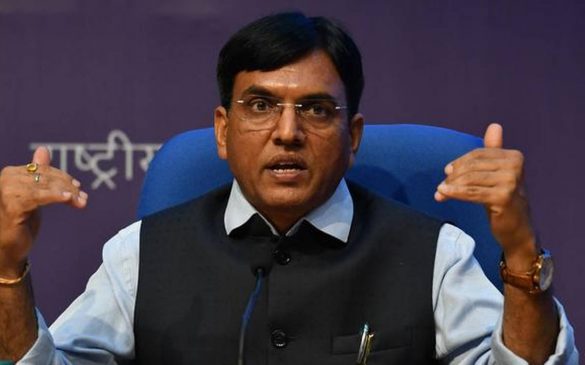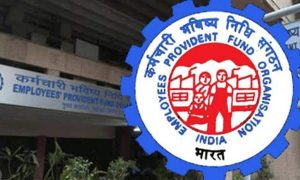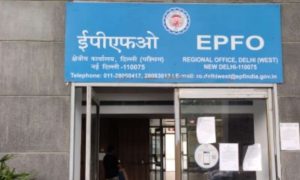The labor ministry has implemented various changes to the EPFO’s operations, including a new digital framework and updated guidelines to enhance flexibility and responsiveness, minimizing inconveniences for subscribers, according to the minister.
Read More:- EPF explained: Understanding interest, tax, contributions, and TDS applicable to Employees Provident Fund
Union Labour Minister Mansukh Mandaviya said on Tuesday that subscribers of the Employees’ Provident Fund Organisation (EPFO), the government-run retirement savings manager, can now withdraw up to ₹1 lakh at once from their accounts for personal financial needs, an increase from the previous limit of ₹50,000, according to report by Hindustan Times.
The labor ministry has implemented various changes to the EPFO’s operations, including a new digital framework and updated guidelines to enhance flexibility and responsiveness, minimizing inconveniences for subscribers, according to the minister. Additionally, new employees who have not yet completed six months in their current job are now eligible to withdraw funds, a change from the previous restriction.
“People often turn to their EPFO savings to meet expenses such as weddings and medical treatment etc. We have enhanced the withdrawal limit to ₹1 lakh at a time,” Mandaviya said on the occasion of the government’s 100 days in office.
The new withdrawal limit was increased because the previous cap had become outdated due to changing consumption expenditures.
Provident funds provide retirement income to more than 10 million employees in the organized sector and frequently represent the primary source of lifetime savings for many workers. The EPFO’s savings interest rate, set at 8.25% for FY24, is a key benchmark closely monitored by the salaried middle class.
In another significant shift, the government has allowed organizations that are not part of the EPFO to transition to the State-run retirement fund manager. Certain businesses can operate their own private retirement schemes due to an exemption, primarily because their funds were established before the EPFO was created in 1954.
“There are 17 such companies with a total workforce of 100,000 and a corpus of ₹1000 crore. If they want to switch to EPFO instead of their own fund, they will be allowed. The government’s PF savings give better and stable returns,” the minister said.
An official stated that companies like Aditya Birla Ltd have contacted the government requesting this arrangement, leading the government to adjust its policy.
Further plans
The minister announced that the government is developing plans to raise the income threshold for mandatory provident fund contributions from ₹15,000 for salaried employees. Additionally, the income threshold for Employees’ State Insurance, currently set at ₹21,000, will also be increased.
Mandaviya stated that employees earning over ₹15,000 will have the flexibility to choose the portion of their income they wish to allocate for retirement benefits and pension.
Under the Employees’ Provident Funds and Miscellaneous Provisions Act of 1952, companies with 20 or more employees are required to contribute to provident funds. This includes a mandatory deduction of at least 12% of an employee’s salary, with the employer also contributing an additional 12%.





































